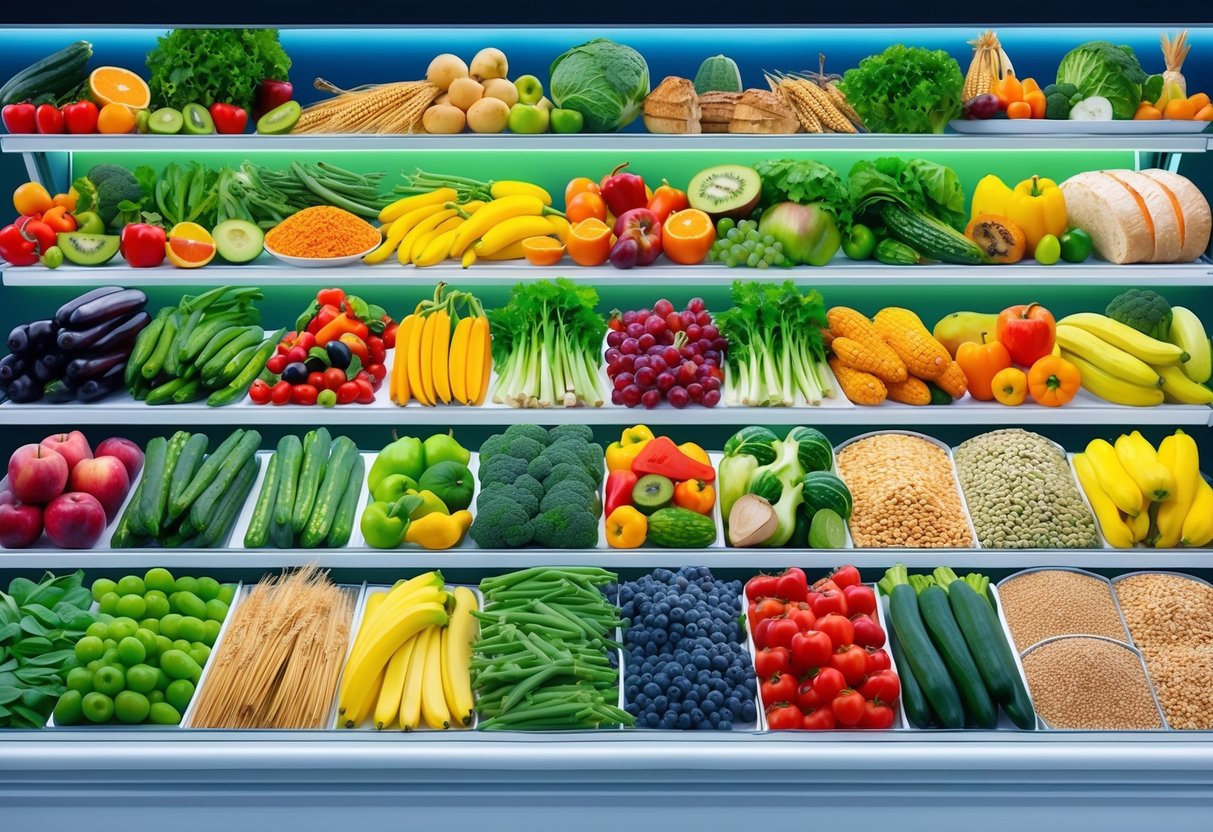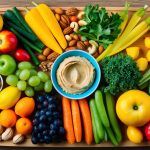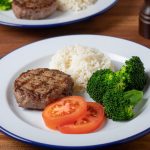
Whole Grains for Better Health

Whole grains play an important role in a balanced diet by offering more fiber, vitamins, and minerals compared to refined grains. Incorporating a variety of nutrient-rich cereals and whole grains can help support digestive health and long-term wellness.
Selecting Whole Grain Cereals
When choosing breakfast cereals, it’s important to check ingredient lists and nutrition labels carefully. Look for cereals that list a whole grain, such as whole wheat, oats, or brown rice, as the first ingredient.
High-fiber content is a sign that the product uses mostly unprocessed grains. Prefer cereals with minimal added sugars.
Many brands market themselves as “whole grain,” but some varieties include excessive sweeteners or refined grains that dilute the health benefits. Aim for cereals that offer at least 3 grams of fiber per serving and avoid those where refined wheat or rice flour is listed ahead of whole grains.
Whole grain cereals like oats, shredded wheat, and puffed brown rice are versatile and easy to incorporate into daily meals. These options are not only filling but also provide important micronutrients such as magnesium and B vitamins according to Mayo Clinic.
Best Whole Grains for Nutrition
Some of the most nutritious whole grains include quinoa, barley, buckwheat, bulgur, millet, amaranth, and farro. Each of these grains offers unique nutritional benefits, with high levels of protein, fiber, vitamins, and minerals.
Quinoa contains all essential amino acids, making it a complete protein ideal for plant-based diets. Barley and bulgur are rich in soluble fiber, which can help lower cholesterol and support heart health.
Oats are another top choice for their beta-glucan fiber, known for aiding in blood sugar control. Brown rice and farro are excellent for their magnesium and antioxidant content, rounding out a diverse and healthful grain selection.
Adding these whole grains to a weekly grocery list provides balanced energy and a variety of nutrients that refined grains lack, as detailed on MyPlate.gov and the American Heart Association.
Experimenting with different types of grains can help keep meals interesting and nutritious.
Choosing Healthy Proteins
Selecting high-quality proteins helps support muscle health, regulates appetite, and aids in overall nutrition. Prioritizing varied protein sources can also help reduce saturated fat intake, support heart health, and provide essential nutrients like iron, zinc, and B vitamins.
Lean Meats and Poultry
Lean meats such as skinless chicken breast, turkey, and cuts of beef like sirloin or tenderloin are reliable sources of complete protein. These options provide essential amino acids and important nutrients such as iron and zinc while typically containing less saturated fat compared to fattier cuts.
Consuming skinless poultry can help lower the intake of unhealthy fat, making it a heart-friendly choice. It’s best to grill, bake, or broil these proteins instead of frying to minimize the addition of extra fat.
The American Heart Association suggests emphasizing lean meats and poultry in moderation to balance protein needs with cardiovascular health. Including a variety of protein sources from both animals and plants, such as beans and legumes, can further enhance dietary quality by adding fiber and other nutrients.
For more on selecting healthy animal proteins, review guidance from the American Heart Association.
High-Quality Fish and Seafood
Fish and seafood are valuable protein sources because they often contain less saturated fat than red meats and offer beneficial omega-3 fatty acids, which support heart and brain health. Salmon, sardines, tuna, and trout are recognized for their higher omega-3 content, while shrimp, cod, and tilapia provide lean protein with fewer calories.
The Dietary Guidelines recommend eating fish or seafood at least twice each week. These foods deliver vital micronutrients, including vitamin D and selenium.
Baked, broiled, or grilled preparations are preferable, as they preserve the nutrients and reduce the intake of unnecessary fats. Find a detailed breakdown of the best seafood options and their nutritional advantages at MyPlate.gov’s protein foods list.
Eggs as a Nutrient Source
Eggs are a complete protein, containing all nine essential amino acids required by the body. They also supply a range of nutrients including vitamin B12, choline, and selenium.
One large egg delivers about 6 grams of high-quality protein with just about 70 calories. Egg yolks contain dietary cholesterol, which was once thought to significantly impact blood cholesterol levels.
However, current research shows that for most people, moderate egg consumption does not raise heart disease risk. Preparing eggs by boiling or poaching rather than frying is recommended to limit added fat.
Eggs are versatile and can be included in breakfast dishes, salads, and even as a protein boost in dinner meals. For more details on the benefits and considerations of eggs in the diet, refer to Harvard’s high-protein foods overview.



